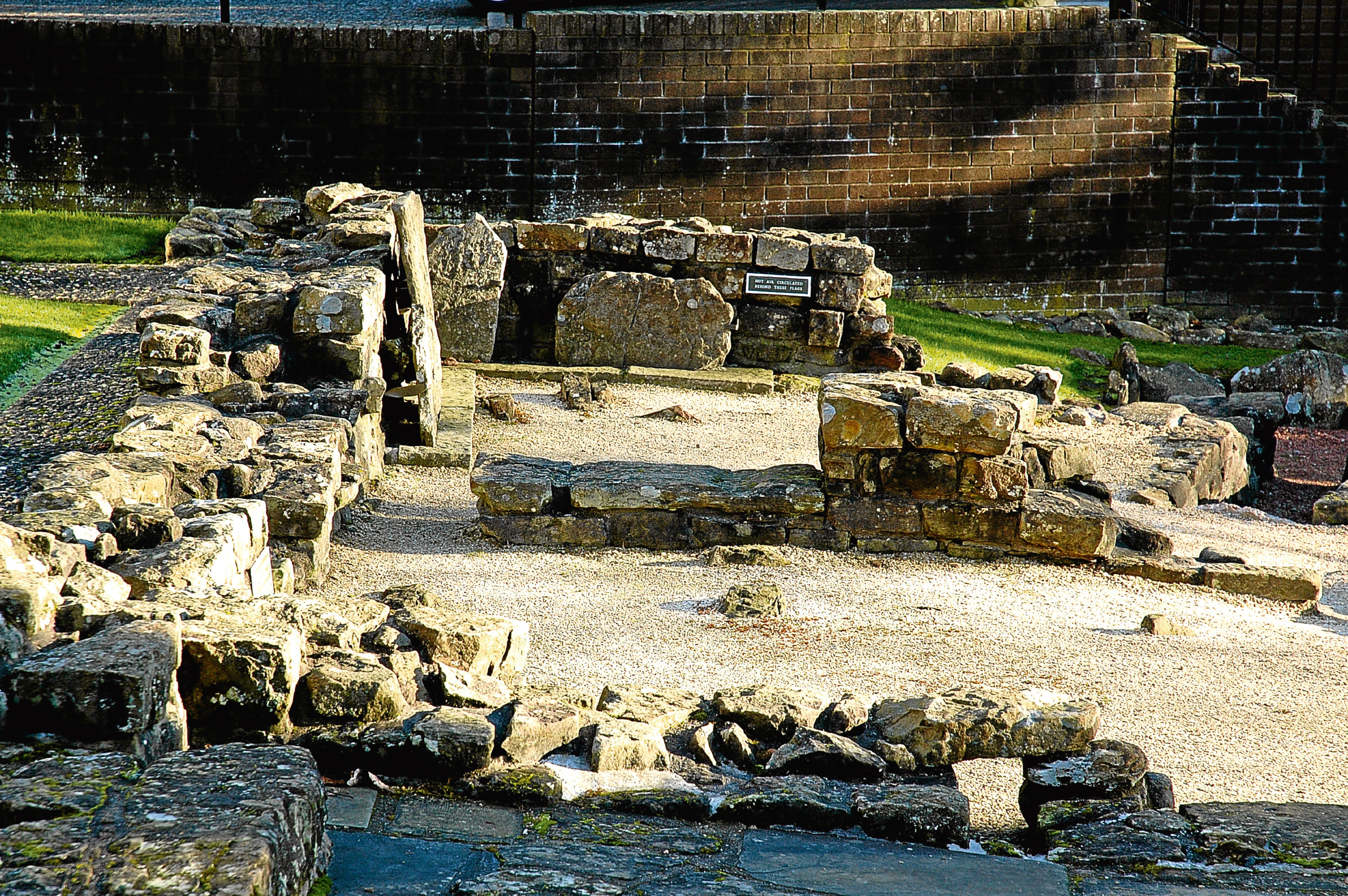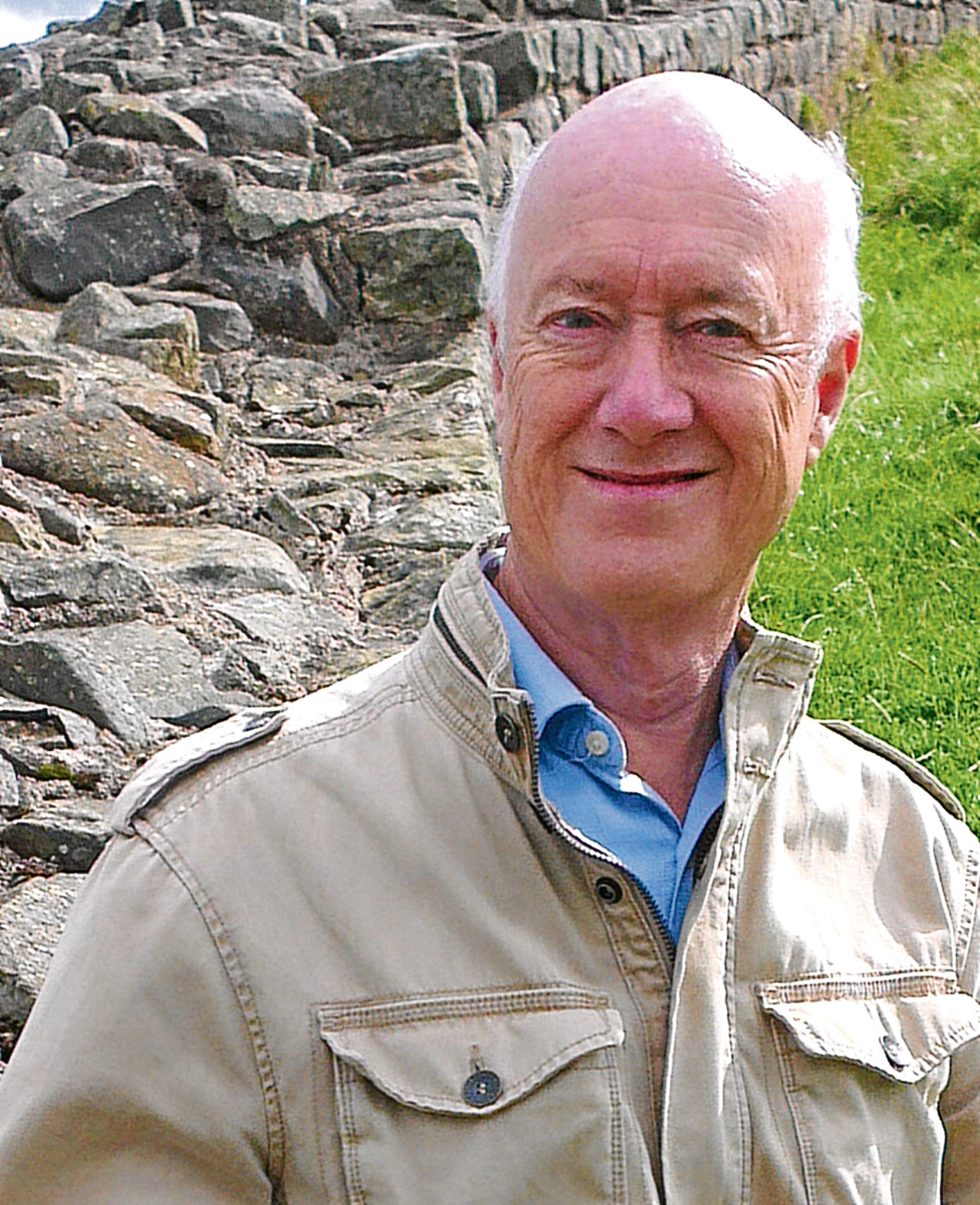
PROFESSOR David Breeze, formerly chief inspector of ancient monuments for Scotland and a key figure in the Antonine Wall’s bid for world heritage status nine years ago, tells Sally McDonald the Honest Truth behind his book Bearsden: The Story of a Roman Fort.
What is your background?
I was brought up in Blackpool and went to university in Durham. In 1969 I was appointed an inspector of ancient monuments in Scotland and have stayed here ever since. I now lead the team implementing the management plan for the Antonine Wall.
How long is the wall?
The Antonine Wall – the Roman frontier in Scotland – was around 37 miles long and ran from Old Kilpatrick on the west coast to near Bo’ness in the east.
The route made the most of landscape features to create a forbidding barrier. Its construction began in AD 142 at the order of Roman Emperor Antoninus Pius.
How many soldiers were stationed there?
There were about 7000. The officers were members of the Roman aristocracy and drawn from across the empire but the ordinary soldiers were mainly recruited from the north-western provinces. We know of a soldier recruited from the north of England who died while in service on the Antonine Wall.
For how long have archaeologists and historians known of the existence of the Roman fort at Bearsden?
The fort was first recorded in the 17th Century but was lost when it was built over in the 19th Century.
Can you tell us anything about the Roman Empire and the fort’s significance?
Bearsden was just one fort on the Antonine Wall, around 150 AD when the Roman Empire was at its greatest geographical extent.
But our excavations were helpful in finding out a little more about its history.
When did you become involved with the fort?
My interest started when the site was to be developed. The land had been sold for a housing development. The new owners granted permission for excavation.
I was appointed to undertake an exploratory excavation to see if anything survived of the Roman fort last recorded more than 100 years before. Work began on August 27, 1973. I led the team which started the excavation.
How long did the work take?
The excavations took place over ten summers until 1982. We did not know if we could return the following season so we had to treat every year as the last.
Were there any major finds?
We discovered the bath-house and latrine. These are now on public display. The other great discovery was the sewage from the latrine. We took a sample of this and were able to see what the diet of the soldiers was: porridge, broth, but also a variety of vegetables, fruit, nuts and exotic items like coriander, figs and opium poppy.
Were there any challenges?
The trees were all protected and the space on the site restricted so we had to plan carefully.
Why did you write this book?
I think that it is important to explain to a wider audience why and how we excavated the site and what the results were.
Why was Scotland important to the Romans and how has this impacted on its history?
For a time Scotland was part of the Roman Empire. Today one might see this as an early reflection of Scotland’s relationships with the wider world.
We still use Roman law and have a close connection with Europe.
What future do you see for the site?
The bath-house and latrine are on display on Roman Road in Bearsden.
Archaeologists will return to the report and use it as the basis for further research as is already happening.

Enjoy the convenience of having The Sunday Post delivered as a digital ePaper straight to your smartphone, tablet or computer.
Subscribe for only £5.49 a month and enjoy all the benefits of the printed paper as a digital replica.
Subscribe